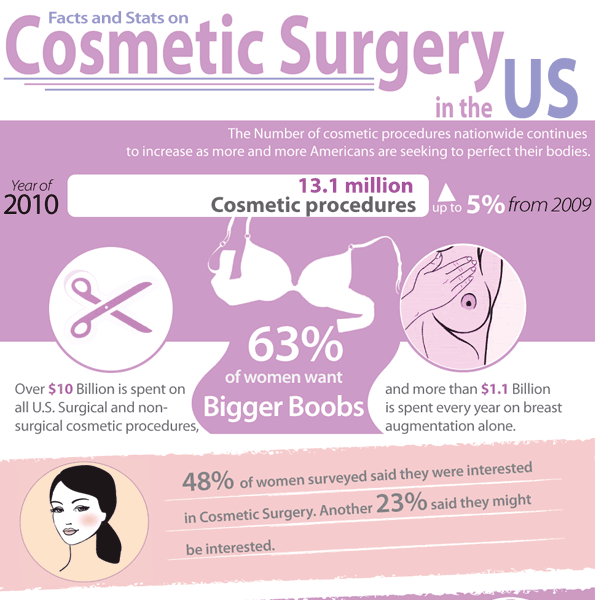Acne outbreaks in the cheek location are set off by numerous points, from touching your face often to not altering your pillowcase usually sufficient. Picking at acnes increases your threat of infection and scarring, and specific drugs can get worse dark areas (postinflammatory hyperpigmentation).
Thankfully, there are lots of methods to avoid and treat cheek acne. These include:
1. Hormonal Modifications
Acne is mostly triggered by hormones, especially those produced during puberty and pregnancy. For some, a family history of acne might additionally add to their problem. Anything that blocks pores, such as oil-based skin treatment items or ceraceous hair products, can set off acne. Different topical treatments, like benzoyl peroxide and salicylic acid, can fight bacteria and unblock pores. Those with severe or chronic acne should look for therapy from their physician.
Prevent touching or squeezing your acne, as this can press several of the microorganisms deeper right into the skin, causing a much more serious breakout. It is also important to transform pillow cases consistently and make use of tidy make-up brushes. You must likewise try to avoid toxic irritants such as rubbing from using a safety helmet or tight collar.
2. Diet
The oily, sweet foods that lots of people think trigger acne may actually refrain from doing so. In fact, studies have shown that consuming a diet plan rich in whole, nutrient-dense foods aids to avoid breakouts.
Foods high in the glycemic index (such as white bread, corn flakes, puffed rice and potatoes, doughnuts and other breads) elevate blood glucose levels quickly, and this can raise hormonal agents that improve oil production and bring about acne.
Consuming alcohol cow's milk has also been linked to raised acne outbreaks. If you are a routine cow's milk drinker, you might intend to attempt switching to low-fat or nondairy alternatives that are strengthened with calcium. Furthermore, drinking even more water can assist to decrease acne because it aids to maintain the skin hydrated.
3. Excess Oil
While oil is important for healthy skin, it can come to be an issue when excessive sebum mixes with dead skin cells and obstructs pores. This combination can create blackheads, whiteheads and acnes. The clogged pore wall surface can break down and spill microorganisms, dead skin cells and sebum into surrounding skin. This causes a red bump referred to as a pimple. Occasionally these red bumps have pus in the facility from a bacterial infection. Larger contaminated bumps that appear like acne are called cysts.
There are several points that can trigger excess sebum and clogged pores, consisting of lactic acid hormone fluctuations, diet regimen and everyday practices. Some instances include touching the face regularly, relaxing your hand on your cheek, using unclean makeup brushes and not transforming pillowcases consistently.
4. Anxiety
If you're handling pain pimples or a slew of blackheads and whiteheads, it might be time to speak with a skin doctor. They can suggest a reliable therapy that suits your skin kind. Practicing relaxation and stress-reduction techniques likewise helps.
Acne can take place in the cheeks due to rubbing and pressure, such as when an individual touches their face frequently or puts on a hat or sports helmet that scrubs against the skin. It can likewise show up where greasy cosmetics and lotions massage against the skin.
Stay clear of squeezing acne, as this can press infected material deeper right into the skin and cause scarring. Rather, see a physician to learn about preventative treatments like drug, skin care items and lifestyle modifications. Consuming a healthy and balanced diet of entire foods, obtaining seven to 9 hours of sleep and utilizing noncomedogenic make-up and skincare items can all help in reducing acne breakouts.
5. Hair Products
Hair items are not generally taken a cause of breakouts, yet they can contribute to acne on the cheeks in some people. Pomade acne, which is identified by small shut comedones and papulopustules, is commonly triggered by the use of oily hair products which contain comedogenic ingredients such as specific oils and acetylated lanolin.
Picking hair products that don't consist of these potentially comedogenic components is a vital step toward lessening outbreaks. Also, making sure that hair products aren't being available in contact with the skin can aid avoid outbreaks. For example, using a headscarf or bonnet during the night can restrict hair-to-face contact and decrease the chance that leave-in hair products will abrade onto the face.
Along with using a non-comedogenic moisturizer and cleaning with an acne face wash, various other useful methods consist of:
